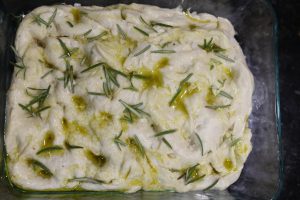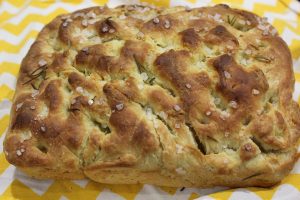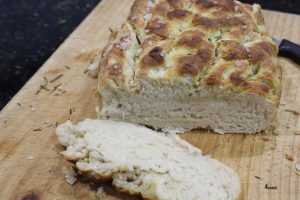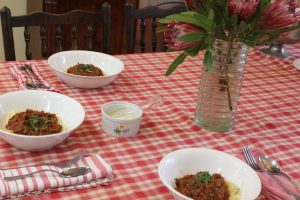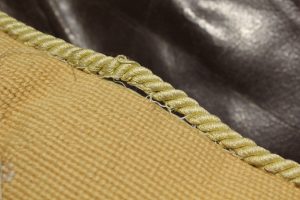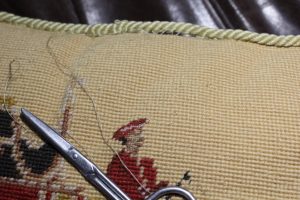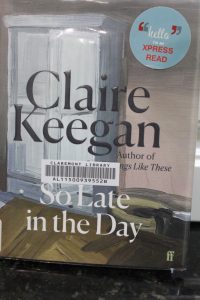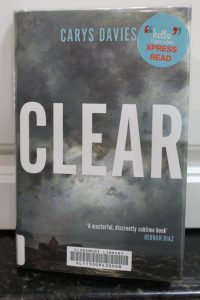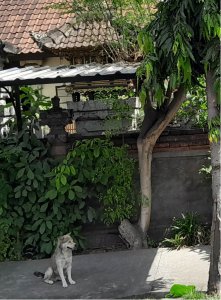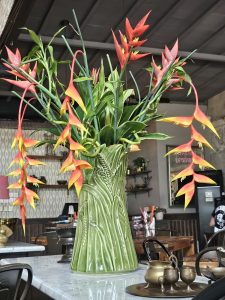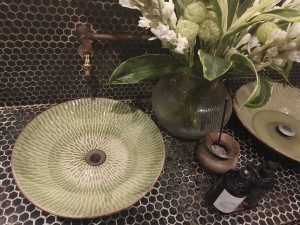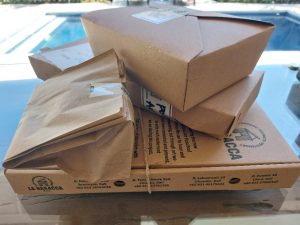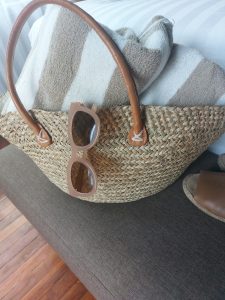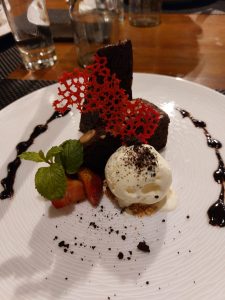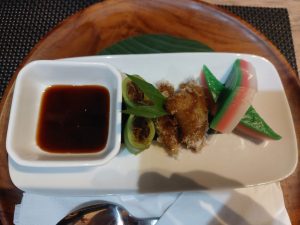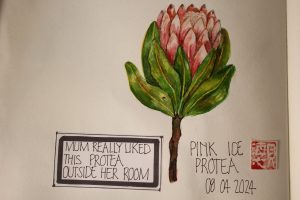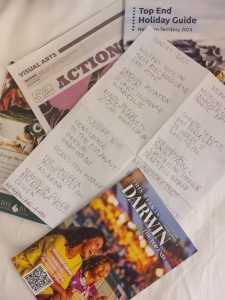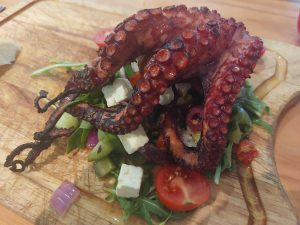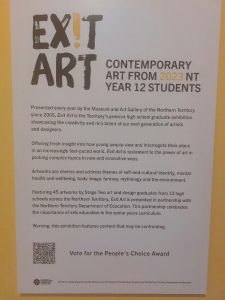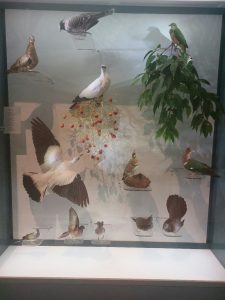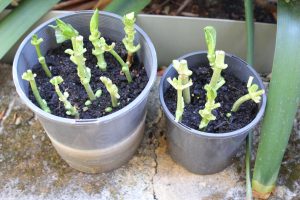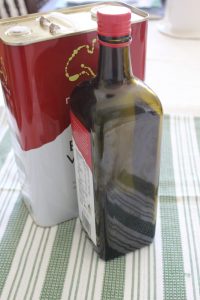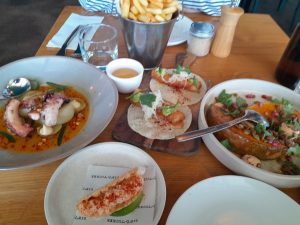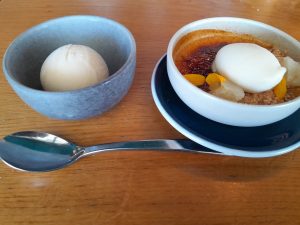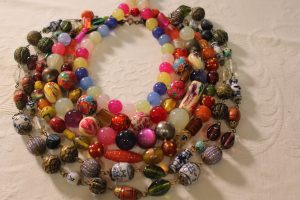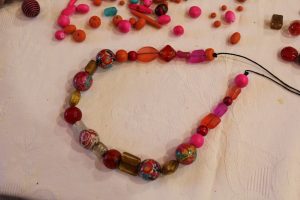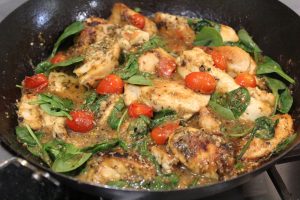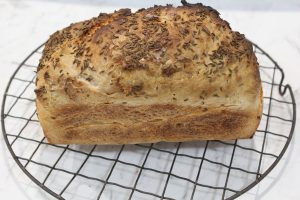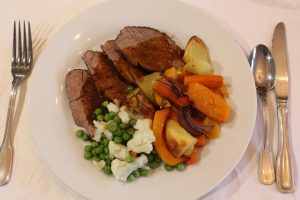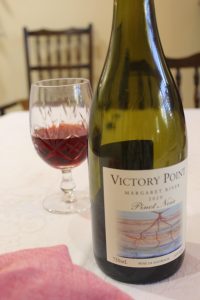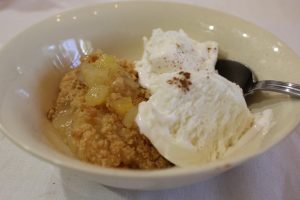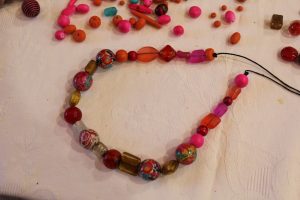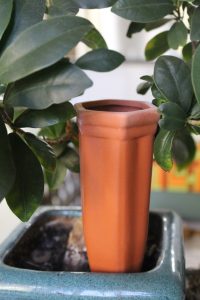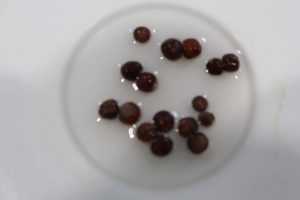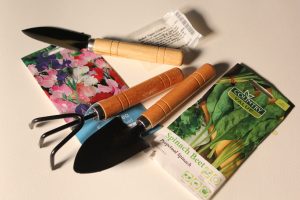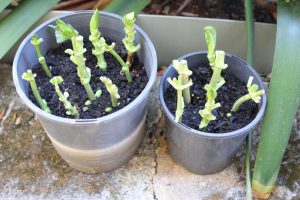the olympics
Lit in the Games’ founding city, Olympia, the torch relay marking the beginning of the 2024 Olympic Games began in Athens and arrived in Marseille on the 8th of May. It will arrive in Paris on the 14th of July, marking the beginning of the Torch Relay around the City. It will finally return to Paris on the 26th to mark the beginning of the Olympic Games.
v

Image Pixabay
The hosting country says this year, the traveling flame pays tribute to the memory of those who marked France’s history, displays France’s creativity, honours the country’s natural heritage and demonstrates the natural vitality of local athletes.




Image Pixabay
Events will be held throughout France during the Games. This includes this year’s surfing competition, to be held in Tahiti, on Teahupo’o Beach. A new event in this year’s Games is Breaking, formally known as Break Dancing. It was officially inaugurated as an Olympic event following an exhibition of Breaking at the Youth Olympic Games, held in Buenos Aires in 2018.
The French Olympic mascot is an anthropomorphized Phrygian Cap, with sunglasses and a scarf in red, white and blue stripes. Historically significant to the French, the cap frequently adorns Marianne, the statue outside every French town Hall, symbolizing Liberty.
lily brett
I thought I had read all of Lily Brett’s books excluding her poetry. I don’t really like reading poetry, much preferring to have it read to me. She writes fiction and nonfiction. Brett is an Australian who has lived with her artist husband, David Rankin, in New York for 40 years. Both Brett’s parents were Polish Jews, both were incarcerated in Auschwitz-Birkenau. Brett was born in a refugee camp before coming to Australia. She feels her parents generation who survived the Holocaust just want to forget and move on, but their children need to know what happened.


Walking past a ‘take one, leave one’ shelf last week I spotted ‘Between Mexico and Poland’ by Lily Brett! Published in 2004, it somehow passed me by. I read it in a few days and really liked it. Brett’s themes are often very dark, but the she changes the mood with humour and clever observations. She returns to Poland to try and find her family history. Her father has no interest in Poland or it’s history but accompanies her because he knows Poland and he doesn’t want her to go there alone. When they find the family house, they discover the people living there still using things belonging to his family.
One wish Brett’s father frequently expressed was that one of Brett’s books be made into a film. This has now happened. Starring Stephen Fry as Ruth’s father (closely based on Brett’s father) father and Lena Dunham as Ruth/Lily Brett, the book is based on her 1999 book, Too Many Men. The film is called Treasure and the book is about to be reissued and is now also called Treasure.
Her father left Melbourne when he was 89 to live with Brett and her husband in New York. He died in 2018, just before his102nd birthday.
winter salad
People to lunch and I wanted to make a salad using roasted winter vegetables. Every recipe I found included kale. Kale is very popular in roasted vegetable salads. Kale and I don’t get on. So I roasted butternut pumpkin (squash), red onion, cauliflower and carrots. Also roasted some pumpkin seeds which were crunchy and added a burst of flavour.
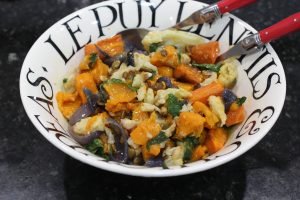

The next dilemma was the dressing. Every recipe I found had honey or maple syrup. That didn’t appeal so I made up a dressing of extra virgin olive oil, lemon juice, a splash of vinegar, some mustard, all shaken in a jar. Wish I’d listed amounts when I was making it because it was good.
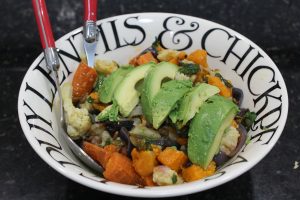

Added an avocado. Served with chicken. Enjoyed our lunch and very good company.

